A6M
The Mitsubishi A6M, designated as Mitsubishi Navy Type 0 carrier fighter, was the most famous Japanese fighter of World War II, known for its incredible maneuverability and long range. Developed by Mitsubishi under the leadership of Jiro Horikoshi, it was designed in response to a 1937 Imperial Japanese Navy requirement for a carrier-based fighter that could outperform all existing aircraft. The first prototype, the A6M1, flew in April 1939. After modifications, the promising A6M2 Model 11 rapidly entered proto-production and was deployed for combat trials in 1940, achieving remarkable success against Chinese aircraft. Over the course of a year, only three A6Ms were lost, all to anti-aircraft fire, with none lost in aerial combat.
The first major production version was the A6M2 Model 21, which featured folding wingtips for carrier operations and a powerful Nakajima Sakae 12 engine. It dominated the early air war, maintaining an outstanding kill ratio against Allied aircraft. However, its lack of armour and self-sealing fuel tanks made it vulnerable.
The A6M3 Model 32, introduced in 1942, featured a clipped-wing design for improved roll rate and a more powerful Sakae 21 engine, though it suffered from reduced range due to decreased lift and smaller fuel tanks. This was soon followed by the A6M3 Model 22, which restored the original wing and fuel capacity to address these issues.
In 1943, the A6M5 Model 52 was introduced with improved durability, better exhaust thrust, and thicker skin to withstand higher speeds. The A6M5a, A6M5b, and A6M5c introduced weapon changes, additional armour and self-sealing fuel tanks, but the ageing engine and newer replacement pilots still struggled against newer Allied fighters like the Hellcat and Corsair.
Later models, such as the A6M6 Model 53 and A6M7 Model 62/63, attempted further improvements, including reinforced armour and bomb racks for attack roles, while the final A6M8 Model 54/64 was planned with a more powerful Mitsubishi Kinsei 62 engine, though it never saw combat.
Other A6M variants were also produced, such as the A6M2-N floatplane, A6M2-K and A6M5-K trainer aircraft, and several other one-off prototypes or field variants.
The Zero remained in frontline service until the war’s end, increasingly being used in kamikaze attacks. Over 10,000 Zeros were produced, making it the most numerous Japanese fighter of the war. Captured planes after the war saw limited postwar use by both the Nationalists and People's Republic of China, and with Indonesian independence guerrillas against the Dutch. Despite its eventual obsolescence, the A6M remains one of the most recognisable and historically significant aircraft of the Pacific War.
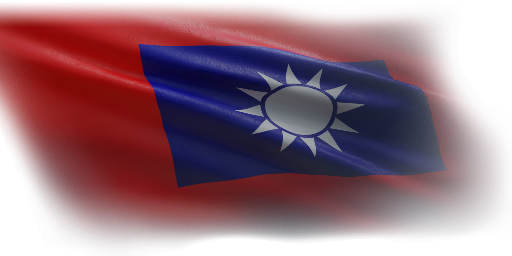
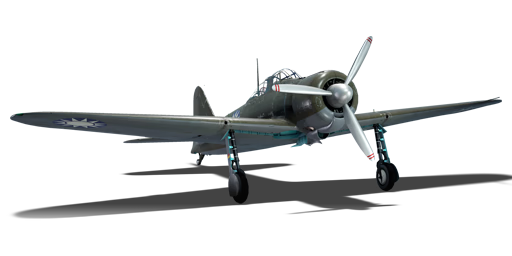
 ␗A6M2
␗A6M2
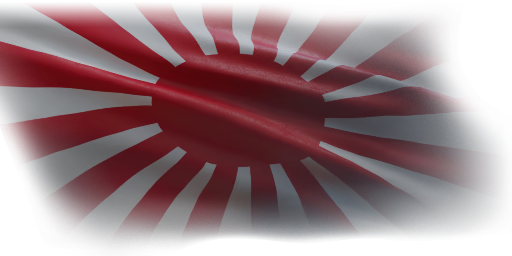
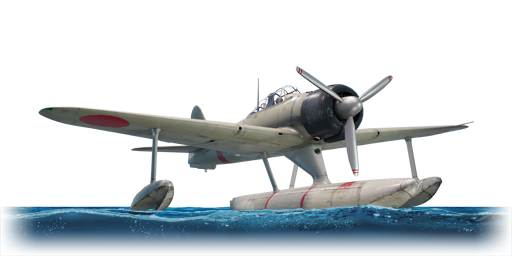

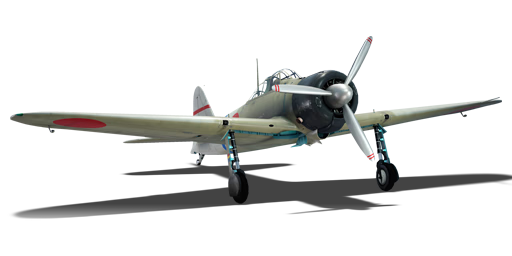

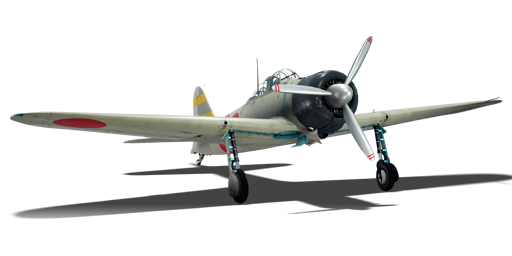



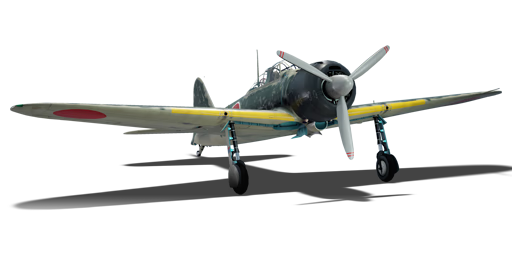

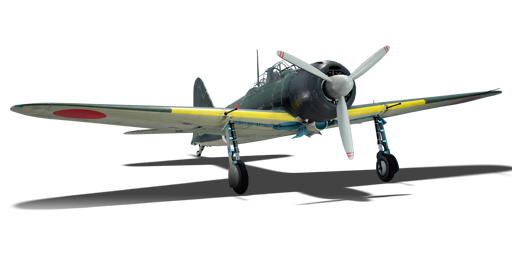

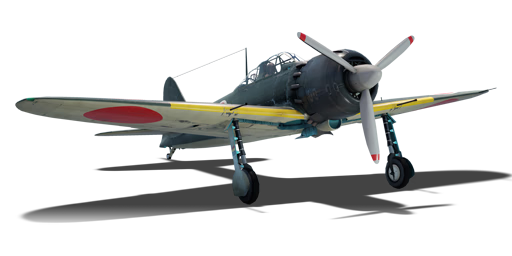

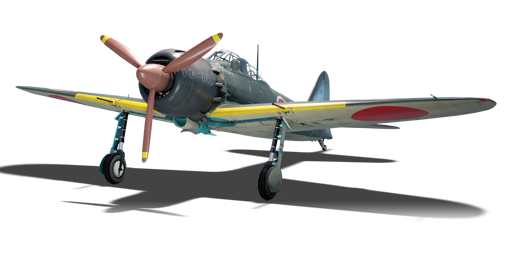

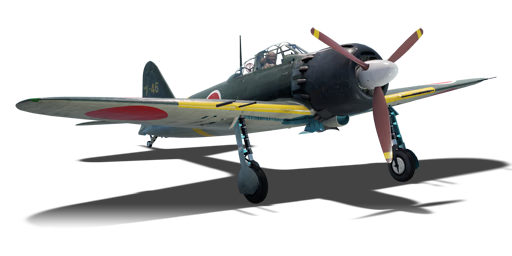

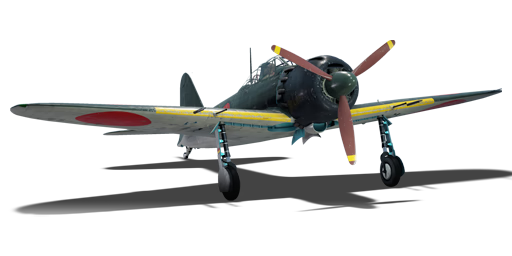
 A6M6c
A6M6c

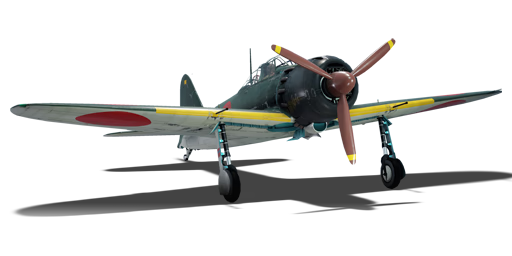
 A6M5 Ko
A6M5 Ko

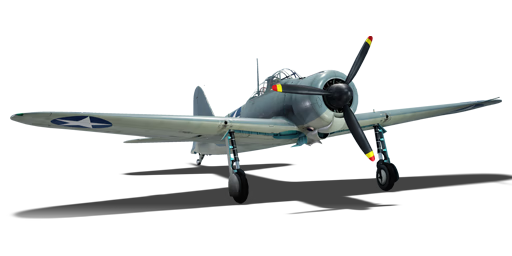
 ▃A6M2
▃A6M2